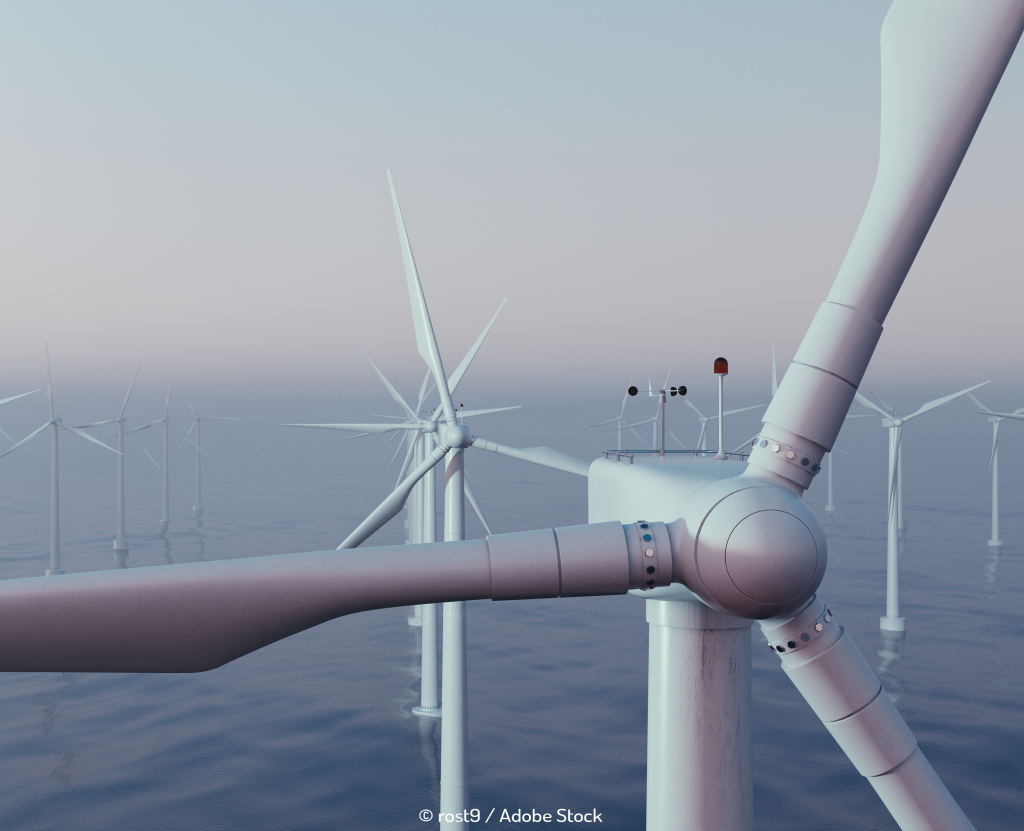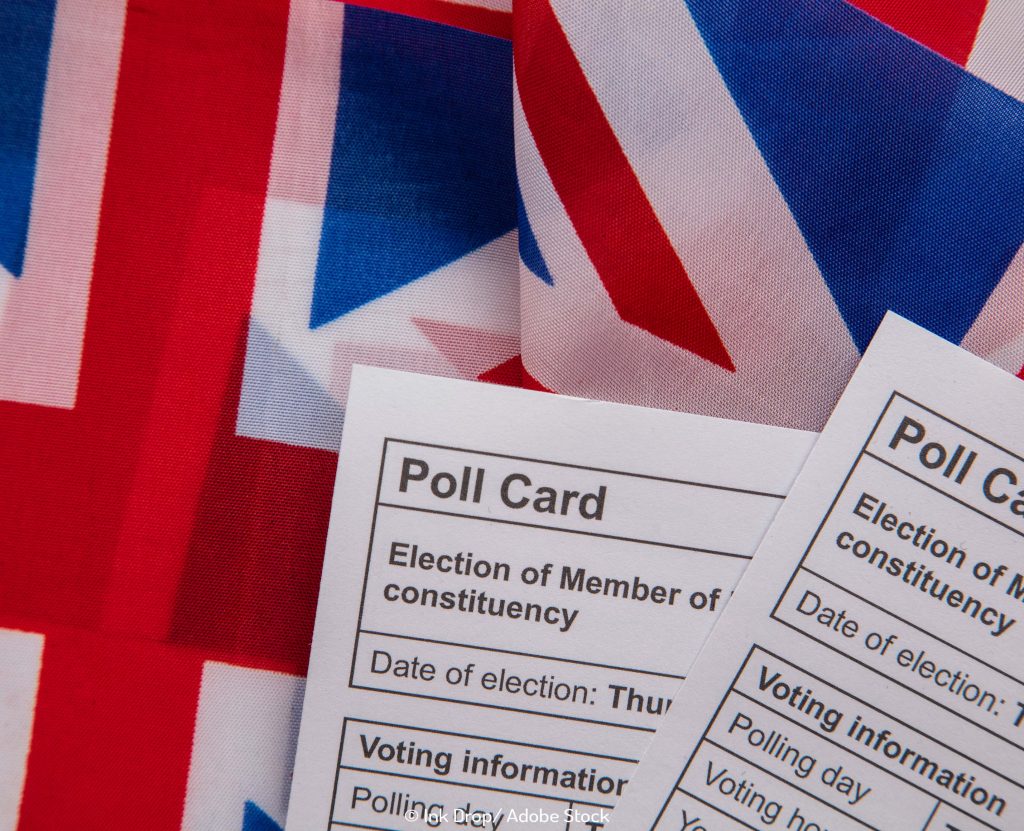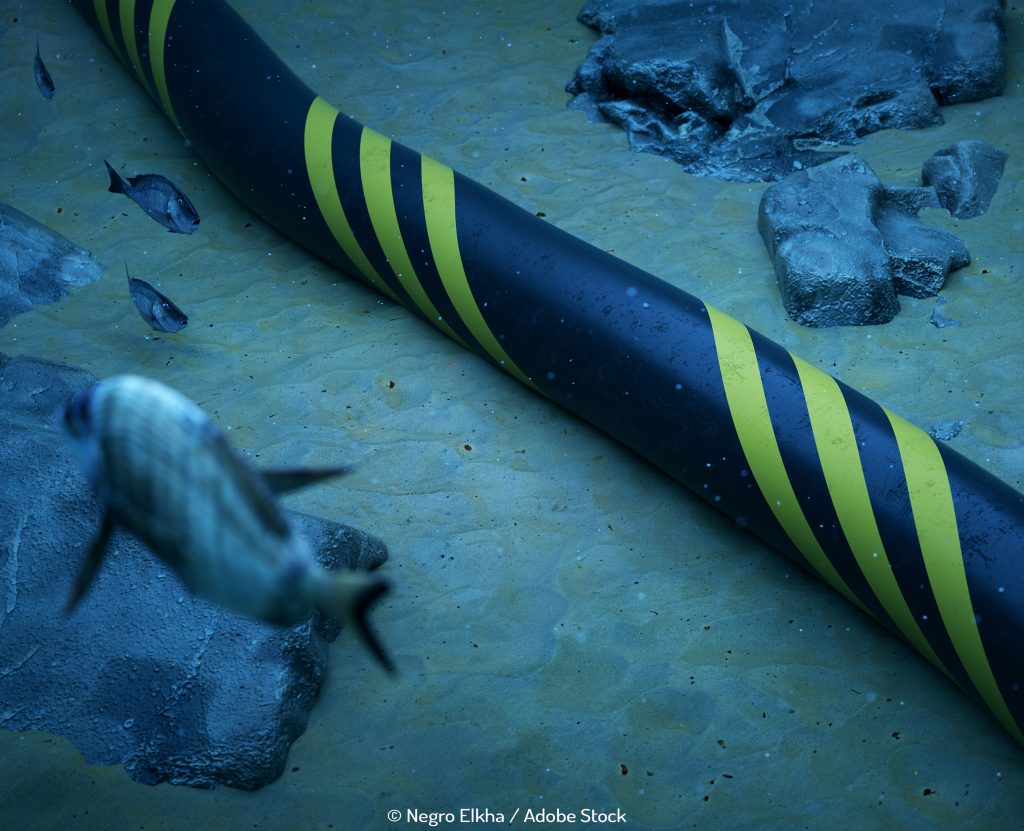
A round-up of the latest European offshore wind news
With well publicised difficulties caused by COVID and economic uncertainties, the European offshore wind industry might be forgiven for slowing down a touch. Luckily, that is not the case and as our European news round-up shows, offshore wind is continuously striving for bigger and better.
In Italy, the government has received well over sixty expressions of interest (EoI) from companies and constellations wishing to explore the development of floating offshore wind projects. Most of the industry’s heavy hitters are represented, including RWE Renewables, Ocean Winds, Vestas, and Copenhagen Offshore Partners.
The EoI’s cover all aspects of floating wind projects and included submissions from environmental campaigners, universities, and research organisations. A total of 40 projects were proposed, half of which included detailed case studies. The projects are split throughout Italian waters, including along the Adriatic, off the coasts of Sardinia and Sicily, as well as in the Ionian and Tyrrhenian Seas.
In Finland, the next step of the proposed Korsnäs offshore wind farm is underway with the installation of a measurement mast. The state-owned developer, Metsähallitus, will install the mast for a period of two years. At a height of 170m, the measurement device will reach the proposed turbine height and will gather wind speed, turbulence, and variation data. The proposed farm will have an installed capacity of up to 2 GW and 100 turbines. The developer is currently evaluating partners for the potential 2.5-billion-euro project.
The Baltic Sea has seen increased activity recently. Heerema Marine Contractors are currently modifying their heavy lift vessel Thialf. One of the world’s largest offshore cranes, with a lifting capacity of over 14,000 tons, Thialf will be deployed in the Baltic to install 27 Vestas turbines for the Arcadis Ost I farm.
The modification will allow Thialf to pass under Denmark’s Storebaelt Bridge. The bridge has an air gap of 65m, considerably lower than Thialf’s current 105m height. Heerema is currently putting the finishing touches on a system that will allow the giant vessel to lower the crane’s A-frames without compromising structural integrity. Once completed, the mammoth crane will massively increase the lifting capacity available in the Baltic region and could unlock further farm developments.
The Netherlands have proposed plans to add an additional 10.7 GW of offshore wind by 2030. This is in addition to the already published target of 11.5 GW. The government recently published the Additional Draft North Sea Programme 2022-2027, and outlined where these further wind generating zones would be.
The new target increases the Netherlands ambitions for CO2 reduction from the current 49 percent by 2030 to meet the EU’s newly stated 55 percent goal. With 22.2 GW of capacity now planned, it’s clear the Netherlands must increase the current development rate of offshore farms. A public consultation period is now open for the new proposals and stakeholders can provide feedback until the 20th of December. The government expects the programme to be adopted around March 2022.
Finally, news that may muddy the waters a little for Lithuanian offshore wind plans. The parliament has amended the proposed regulatory framework for its upcoming auctions for offshore real estate. Current European norms of Contracts for Difference (CfD) auctions based on a strike price have been modified. The new framework suggests that only part of the electricity generated would be supported by CfD. Remaining electricity would be subject to the free market, thus increasing operators risks. The European wind industry’s trade body, WindEurope, warns that this would increase farm costs and result in higher bid prices at auction.
Current activity in Europe bodes well for the next few years in offshore wind.


